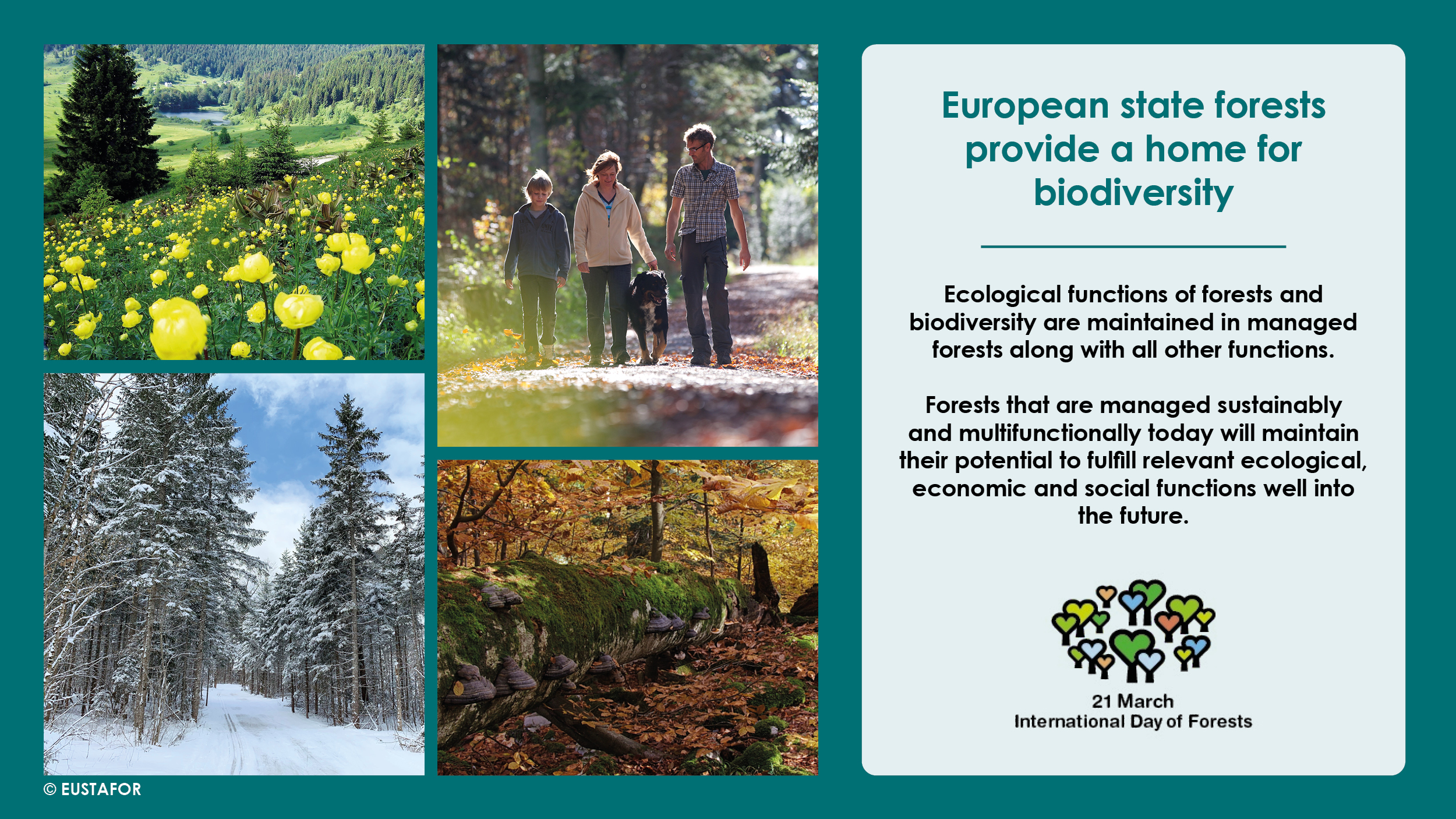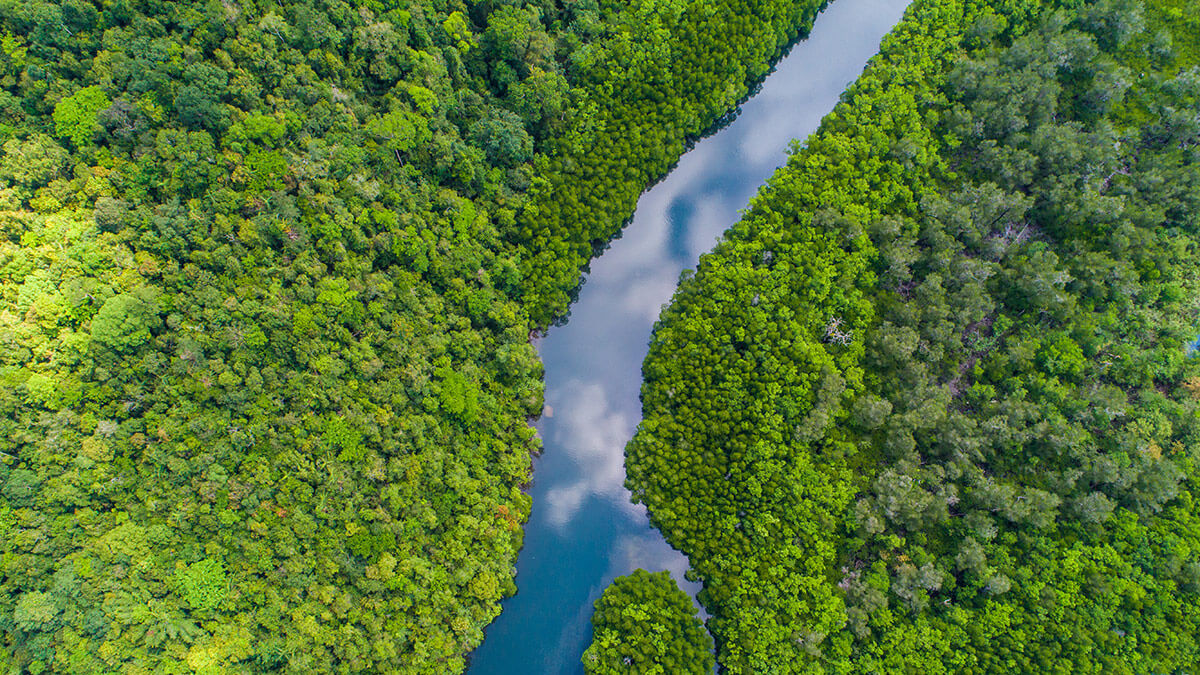Portable speakers for camping
Immerse yourself in the beauty of nature 캠핑용품 and create lifelong memories with loved ones through camping. Whether you’re taking on the rugged terrain or soaking up the sea breeze, a portable speaker can elevate your experience by bringing your favorite tunes along for the adventure. Don’t miss out on the opportunity to add some extra enjoyment to your outdoor getaway.
Looking for the ideal portable speaker to amplify your outdoor experience can be a daunting task, especially with the abundance of options available in the market. Allow us to assist you in your search for the ultimate camping speaker. Say goodbye to indecisiveness and uncertainty because we’ve got you covered! Discover the essential tips and factors that you should consider to select a portable speaker that perfectly aligns with your needs for your next outdoor adventure.
Factors to Consider When Choosing a Portable Speaker for Camping
Durability and Weather Resistance
If you love camping, you know that the perfect speaker is a must-have investment. Don’t settle for anything less than a highly durable and weather-resistant speaker with a top-notch IPX rating of at least 4. These speakers are designed to withstand harsh outdoor elements, so you can enjoy listening to your favorite tunes or podcasts, even when the weather isn’t on your side. No need to worry about rain or dust ruining your gear, because with a robust speaker, you’re covered no matter the circumstances. Trust us, investing in a high-quality speaker built for outdoor adventures is a decision you won’t regret.
Battery Life
You don’t want to be stuck without music in the middle of your camping trip, so it’s important to choose a portable speaker with a long battery life. Look for speakers that offer at least 10 hours of playtime on a single charge.
Portability
When searching for the perfect portable speaker, it’s crucial to keep portability in mind. You’ll want a speaker that’s easy to carry and won’t weigh you down on the go. Look for lightweight and compact options that can effortlessly fit into your backpack or camping gear for maximum convenience. After all, the best speakers are the ones that can go with you anywhere and everywhere.
Sound Quality
Enhance your audio experience with a portable speaker that delivers exceptional sound quality. Your search for the perfect speaker ends with one that has a power rating of at least 5 watts, along with awesome features like bass boost and 360-degree sound. Don’t settle for average sound quality – upgrade to a portable speaker that will elevate your listening enjoyment to new heights!
Top Portable Speakers for Camping 캠핑장비
JBL Flip 5
Looking for the ultimate outdoor speaker that can stand up to anything nature throws your way? Check out the JBL Flip 5! Not only does it have a sleek and durable design, but it’s also IPX7 waterproof-rated, making it the perfect choice for any beach or camping trip. Plus, you can enjoy up to 12 hours of non-stop music on a single charge, all while experiencing crystal-clear sound quality. Don’t settle for mediocrity when it comes to your outdoor audio needs – choose the JBL Flip 5 and enjoy the ultimate listening experience!
Ultimate Ears WONDERBOOM 2
Introducing the game-changing Ultimate Ears WONDERBOOM 2 – the speaker that will revolutionize your camping experience! This little powerhouse packs an exceptional punch with immersive and 360-degree sound quality, making every campfire sing-along truly epic. With its IP67 waterproof rating, don’t worry about it getting wet as it can brave any weather condition – be it rain or shine. The WONDERBOOM 2 also boasts a long battery life of 13 hours, ensuring you can jam out all night! Say goodbye to average camping trips and upgrade to the WONDERBOOM 2 for the ultimate musical adventure!
Bose SoundLink Micro
Looking for a portable speaker that can keep up with your camping adventures? Enter the Bose SoundLink Micro. Don’t be fooled by its petite size—this little powerhouse puts out big sound, and boasts up to 6 hours of battery life. Plus, you can take it anywhere, rain or shine, thanks to its waterproof IPX7 rating and rugged exterior that’s designed to handle whatever the wilderness throws your way.
Tribit XSound Go
Looking for a portable speaker that won’t break the bank? Look no further than the Tribit XSound Go. This little gem is the perfect companion for all your camping adventures, and it’s waterproof with an impressive IPX7 rating. You’ll be blown away by the sound quality – it’s seriously good for a speaker at this price point. Plus, with a battery life of up to 24 hours, you won’t have to worry about it dying on your mid-tunes. Trust us, this is one of the longest-lasting and most budget-friendly portable speakers out there.
Anker Soundcore 2
Experience premium sound quality even in the wild with the Anker Soundcore 2 – a wise investment for camping enthusiasts looking for an affordable yet high-performing speaker. This portable speaker is equipped with dual drivers and bass boost technology, delivering rich and impressive sound quality that’ll make you feel like you’re in your own personal concert. Rain or shine, the Soundcore 2 is built to survive with its IPX7 waterproof rating, so you can even bring it for a swim without worries. With 24-hour battery life, you can groove to your favorite tunes from dusk until dawn without running out of juice. Reliability at its finest – the perfect companion for your next outdoor adventure.
Conclusion
When venturing out into the great outdoors, having a reliable and high-quality portable speaker can truly elevate your camping experience. With a plethora of options available, it’s important to consider key features such as durability, battery life, portability, and sound quality. Luckily, some standout choices include the JBL Flip 5, Ultimate Ears WONDERBOOM 2, Bose SoundLink Micro, Tribit XSound Go, and Anker Soundcore 2. So whether you want to jam out to your favorite tunes by the campfire or enjoy a movie night under






